#Phoenixes
Explore tagged Tumblr posts
Text



My beautiful phoenixes went to their new home today! Their owner is a very nice older gentleman who will build them a coop surrounded by bamboo.
58 notes
·
View notes
Text
A biological take on phoenixes
Trophics and ecology
~ Not a single-member species, but relatively rare due to being essentially fifth-degree consumers
~ ~ Typically omnivorous, preferring rodents and other small animals
~ ~ Before hibernation, immolation, migration, or another energy-intensive phase of life, they will set fire to the nearest rich, burnable area and collect the “burn energy” by magical means yet poorly understood
~ ~ They can “eat” entire swaths of a given biome via burning
~ ~ ~ In these cases, phoenix consumption is on par with some dragons
~ ~ ~ Can be devastating, but desolation events are very rare
~ ~ ~ These burnings have had a significant influence on fire ecology and ecosystems’ adaptations to it. Many are more resilient to fire and other dramatic disturbances than phoenix-rare regions.
~ ~ A large, highly productive forest has the carrying capacity for only a dozen phoenixes or so; most biomes far fewer
~ Found on every continent and multiple islands
~ ~ Including Antarctica, with penguins
~ ~ Preference for grasslands, savanna, and other quick-recovering biomes
Reproduction
~ Contrary to popular belief, phoenixes don’t reproduce via self-immolation
~ ~ The fire renewal is more akin to a cnidarian returning to a polyp stage, rejuvenating cells and systems
~ ~ ~ Multiple studies have confirmed an individual retains memories both between fire-molts (misnomer stemming from early misunderstanding of the purpose of self-burning behaviors) and during them
~ ~ This would make the phoenix amortal if it weren’t for some other pesky buildups that ultimately give its lifespan a hard cap
~ ~ ~ Still, scientists theorize a phoenix could live somewhere between 800 and 2500 years in perfectly ideal circumstances
~ Pretty typical breeding adaptations
~ ~ Technically capable of breeding any time of year; the plurality will breed in spring or early summer, or else “sync up” with their host flock
~ ~ Two major breeding sites: one in southern hemisphere and one in northern
~ ~ ~ Phoenixes who pass anywhere near the island during family migration will feel a pull proportional to the current phoenix population on it, and many will be drawn to it
~ ~ ~ ~ (Phoenixes have strong navigation and homing capabilities, but this does occasionally lead to host group loss and reshuffling)
~ ~ During breeding season (or when Hot Single Firebirds in their area), both sexes will shed mimicry feathers and grow their signature fiery reds
~ ~ ~ Variety of shades and saturations
~ ~ ~ Males tend to have really showy feathers — long tails, fiery curling, yellows mixed in amid the reds
~ ~ ~ Females take on more of a brassy red
~ ~ ~ Have a variety of mating calls, movement displays, and semi-immolations
~ ~ ~ Courtship is brief
~ ~ ~ ~ Involves a huge range of behaviors as males prove their mettle
~ ~ ~ ~ Some of these displays are taken from other birds, and even dragons
~ ~ ~ Mates tend to practice single-season monogamy
~ ~ ~ ~ Lay about a dozen eggs over the course of the season
~ ~ ~ ~ Each egg is dropped off at a different nest
~ Engage in a kind of adaptive brood parasitism
~ ~ Identify what compels a given host parent to care for young
~ ~ Mimic that thing — feather color, body movement, sound, scent — phoenixes have a broad toolkit and can copy a lot
~ ~ They are master mimics and manipulators
~ ~ ~ Actually quite social, spending most of their time with family groups, resembling them in both appearance and behavior. Reputation for being solitary because it’s rare to see them in their distinct “rusted” form.
~ ~ Can brood parasitize a variety of species
~ ~ ~ Prefer birds of prey, corvids, and high intelligence generally
~ ~ ~ Form special mutualistic partnerships with firehawks (black kite, whistling kite, brown falcon) in which they hunt together
~ ~ ~ Become fairly contributing members of their adopted social groups, though they cause wider scale damage with their fire feeding.
~ ~ ~ Uncommonly spend time with each other, mostly to court and mate. Unlike cuckoos, this species does not really have much of a strong, teachable identity. Fire abilities and behaviors are instinctive; otherwise, each phoenix takes on the traits of its adopters.
Miscellaneous facts
~ ~ Feathers are selectively fire resistant, regardless of appearance
~ ~ ~ Certain times, types, and areas of feathers *are* flammable, and this seems to be to the animal’s benefit
~ ~ ~ Notably, the long ends of wingtip feathers are highly flammable — phoenixes probably light these and brush them against grasses to start hunting fires
~ ~ ~ (It is also unknown how phoenixes light themselves “on demand,” though studies into the chemical pathways are making inroads)
~ ~ Feathers do not perfectly mimic host species’ feathers in structure or color. They’re close enough to pass from far away, and adopted family members rarely seem to take issue. However, on close inspection, an expert in either bird species will have no trouble picking a phoenix out.
~ ~ ~ Inspired by that plant that can mimic other leaves and might be able to see
~ ~ It is theorized some phoenixes may be capable of a kind of parthenogenesis via “mitosis” of the “polyp” stage, but the mechanisms for this are unknown
~ ~ Phoenixes’ sheer range of adaptability suggests they have an enhanced ability for “genetic learning,” far beyond the typical influence of epigenetics. Offsprung individuals are well documented to display traits or behaviors learned by their parents — parents they have never met. This suggests phoenixes possess a yet-unknown means of knowledge transmission through bodily inheritance.
~ ~ Phoenixes also possess top-tier cognitive skills. They’ve displayed self-awareness, reasoning, and complex communication. Some researchers argue these things qualify phoenixes for personhood.
#phoenixes#phoenix#speculative evolution#sort of#worldbuilding#biology#birds#dragons#4444#fire ecology
21 notes
·
View notes
Text
Please repost this after you vote!
#werewolf#team werewolves#vampires vs werewolves#vampire#vampires#Witch#witches#Phoenix#Phoenixes#gorgon#gorgons#fairy#fairies#mermaid#mermaids#merman#mermen#pegasus#hybrid#hybrids#tribrid#tribrids#magical creatures#magical beings#magical creature#monsters#monster#monster poll#magical creature poll#poll
114 notes
·
View notes
Text
The Fenghuang, scientific name: Dracaudex decorus, “graceful dragon-tail”; from “Serina: A Natural History of the World of Birds.” Artwork by Dylan Bajda.

“Not all sea creatures of the trilliontrees are fearsome hunters, and neither do all live lives exclusively along the water. The fenghuang is a large higher gilltail bird which can be found on only one isle in the Trilliontrees, the largest one, known as the Island of Eden. There, the large, fruit-eating adult is uncommonly seen but present, spending its life in the high canopy of the forest, little seen despite its extravagant plumage in nearly every shade of color.
Fenghuangs belong to a family of higher gilltails called the dragoformes, related - though not very similar to - the small, kingfisher-like dartlarks. They are omnivores, and the only thing that they share with those relatives is an herbivorous algae-eating larval stage, and a long, pointed bill in the adult. Young have a duck-like keratin bill which is used to scrounge up algae and detritus in the bottoms of slow-flowing streams. They are abundant on the island, but their habitat is very restricted, and all of them live in one freshwater waterway. Beginning life as tadpoles less than an inch across, the most fortunate few may reach a size of 32 inches within three years, and then undertake a remarkable journey upriver to the very highest point of the river, at the center of Eden, where all water begins it journey to the sea. To do this, they must clamber up steep, slippery waterfalls along the way, and to manage it they transform; fleshy, salamander-like fingers develop large, hooked spurs to clamber upwards, on a slow and labored journey that takes around two months. They come up this way not to mate, for they are still infants, and the urge of procreation is still long away. They have come here to pupate, in the safety and shelter of the high-elevation forest, a plateau long ago built by the upward growth and fusion of spire forests, now populated by thickets of dancingtrees which have overtaken the original cementrees that created them. They are among the biggest of all gilltail larvae, and they need a place to hide from enemies for over 5 months while they transform from one life stage to another. They clamber into the hollow chambers of the ancient cementrees, and descend up to 100 feet below the surface, into a dark, damp, and secluded labrynth of eons-old tunnels. Here, they produce a cocoon of mucous and begin their greatest journey yet, that from child to adult. And here, they will ultimately clamber back out utterly transformed. A duck-like bill falls off like a glove; a sharp, angular one grows beneath it, to feed on rainforest fruit and small animals. Plumage, still just quills, begins to break through the skin. The legs grow longer, and so does the neck. When all is done, nothing will remain to remember the way it once was.
The adult fenghuang is a breathtaking sight, a bird up to 30 inches high, its plumage a shimmering tapestry of green, blue, violet, red, gold, black, and white. Two long, tendril like tail feathers flutter behind it in flight, as it emerges from the darkness of ancient tunnels and ascends into the jungle canopy, fluttering gracefully into the sunlight. All fenghuangs look alike - they are colored as most birds would only be in the male sex. But fenghuangs are unlike nearly any other bird, for they have no males, nor any females. They are a hermaphroditic species, each individual simultaneously capable of fertilizing eggs, and of producing their own. The origin of this mutation comes from a small, isolated population and low genetic diversity resulting in defects in earlier ancestors, which included the first hermaphroditic adults. Inbreeding perpetuated the trait in a small population, and so the species evolved behavioral adaptations to match their condition.
All fenghuang appear male, with bold colors like males of other dragoformes. But all fenghuang can also bear eggs. Courtship has become a contest of fitness where two individuals battle for dominance, as two males once would have. But now, the loser is not vanquished, but instead accepts the female social role. For this season, it will accept the winner's mounting and will lay fertilized eggs. Next season, it may win a contest, and so will fertilize another. It descends from the trees, to the river, and deposits its soft, vulnerable, pea-sized eggs, a clutch of several hundred, in a jelly-like secretion at the top of the waterfall. The flow of the river quickly carries them back downstream, to ultimately settle in calm, vegetated pools many miles away. And from there, the journey starts again from where it all began.”
13 notes
·
View notes
Text
If the Autumn Court doesn’t have phoenixes and dragons I’m probably going to cry to be honest.
26 notes
·
View notes
Photo
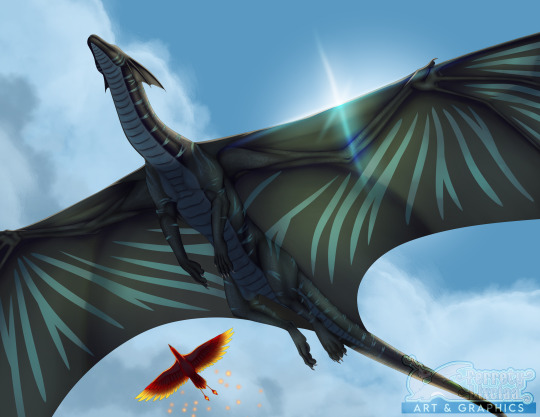
started from a drunk sketch, ended up turning it into a full piece timelapse: https://www.youtube.com/watch?v=_vv8Rf_2rQQ
#dragons#dragon#fantasy#fiction#art#my art#digital art#digital#skyscape#sky#flying#wings#phoenix#phoenixes#fire#timelapse#speedpaint
22 notes
·
View notes
Text
Review: Jade Torch: The Killing Thought, by Anne Marie Wells, otherwise known as @dragonanne!
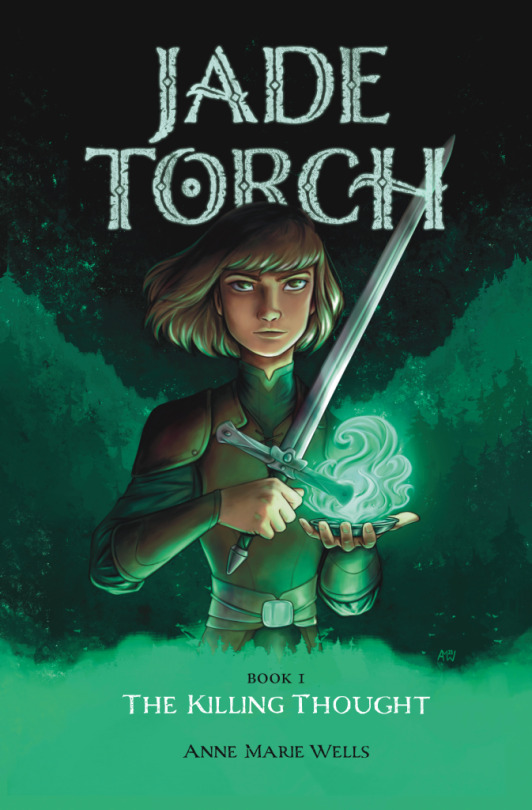
First of all, let me just praise Miss Wells' artstyle. It's beautiful, and captures the reader's attention, instantly giving them a greater scope of the characters and their world.
As for the story, Jade Torch presents itself as a medieval fantasy world, and as a huge dragon nerd and admirer of the High Middle Ages, I can tell you that The Killing Thought does not disappoint in it's setting! You have dragons and their riders protecting their large kingdom, a neighboring monarchy with a tainted history, a bloodthirsty nation in the north, and unknown islands far away from the continent, all of which take place while the author plants the seeds for a deeper, magic-filled history that feels organic and richer than the Lonely Mountain of Erebor (Tolkien fans, I apologize for any misspells/offense.)
The plot is superbly written, with the unsavory medieval politics and conniving aristocrats presented within the world in such a way that it instantly feels like cracking open a door to look into the distant past of Western Europe. The characters have various personalities that don't overlap with each other, with the possible exception of two (and given that both these characters took on paternal roles to young future rulers, it's a given that they'd have similar approaches to life. Not to worry, they still retain their unique individuality!) They are also all written competently: the men are allowed to be manly defenders/protectors/rulers, and the women are allowed to kick butt without dragging down their male counterparts, something that greatly pleased me.
The heroes are heroes and the villains are villains, an old style of writing I have dearly missed in modern media. Furthermore, there is only one - ONE - character death on the heroes' side, and while it did break my heart, I instantly realized it was a necessary decision and felt that it was not out of place. And while said character's murderer was not killed, another, equally despicable villain was permanently dispatched, something that literally had me cheering in my seat as I read, so enraptured was I by the story unfolding in my hands. I tell you, that is an uncommon occurrence in my reading experience!
And the ending presents a perfect opening for a second installment, with it's ominous atmosphere and the fragile peace left in the plot's wake gripping the reader's attention with a degree of fear for the heroes. I must say, I simply itch to see what happens next, and the path that awaits the protagonists!
I would be remiss, however, if I did not voice one, albeit small, complaint. The naming conventions in the story, while enjoyable, were a bit odd when it came to a select few others. For example, you have the crown princess, whose name is Lunerata Bridth, and yet her father's given name is Kent. There is only one other "ordinary" name such as Kent in the novel, and while it did not take away my love of the story, it did strike me as odd quite a few times. Regardless, I still reveled in reading the book, and happily give it eleven out of ten stars.
Now enough of my rambling! I gave a simple, relatively spoiler free review of this novel. Now, I task all who read through this post: go out and buy a copy of Jade Torch: The Killing Thought. It's a fun read, and will captivate your mind and imagination for a long time!
Fly high, my fellow readers and dragon riders!
#jade torch: the killing thought#jade torch#anne marie wells#dragonanne#dragons#medieval#high middle ages#dragon riders#lord of the rings#the hobbit#names#the killing thought#western europe#horses#phoenix#phoenixes#animals#griffins#fantasy#medieval fantasy#knight#fantasy art
20 notes
·
View notes
Text
Turns out your guardian angel is just that one girl you met off of Tinder in 2015, who held your energy in her hands and found it ever-burning. Your wildfire existence accidentally woke her up from her spiritual coma... and now she considers herself spiritually indebted to your chaos, and eternally intertwined with your ravenous devouring incandescence, akin to a phoenix that rises from ashes to alter.
#no one is more valiant#🐦🔥🎀#she speaks#awareness#perspective#unconditional love#words#twin souls#twin flames#🔥#tinder#phoenixes#guardian angel#phoenix#wings#eternity#awakening#love#transmutation#higher consciousness#yin and yang#yang#yin#wild nature#non human animals#death and the maiden
3 notes
·
View notes
Text
Things considered equal or counterparts to dragons in various cultures:
Tigers
Psychopompous dogs
Phoenixes
Unicorns
Which, by transitive property, should mean these creatures are all equal to each other. Does anyone know of any I've missed?
4 notes
·
View notes
Text
(with a corkboard behind me, red strings all around it) no okay listen there are so many similarities between nameless bard and amos,
#im always stuck on the fact that they were the two to have died out of the crew#why THEM !!#bc like !!!#they were both probably very good mediators#bard not only bc of the bard thing . to battle people with your words instead#but amos probably . had access to meetings with others . the queen standing at the king’s side#hell i wouldnt be surprised if in the beginning deca told her of some of it#she’s gotten used to how people try to alter their words. how careful they are speaking with her. what they try to say without fully#speaking of it. hidden#AND !#they are probably the kinds of people to finish something even if it comes at the detriment of themselves#phoenixes#they will do everything they can. they will sink their claws in and dig until this is over. because it has to.#someone has to be the one to bear the burden’s#>> frosted exterior but i think it’s telling they never got to fully leave it#they never got the chance to melt ……. to warmth :(#bard and staining his hands bc it’s all for the greater good#amos and leaving behind everything she once knew. tearing it to shreds with her own hands#it’s this way they can only make the future better#a silent calculating of how much is there to lose#a silent understanding that theyve made their graves#a silent understanding that maybe . they got in over their heads#DOES THIS MAKE SENSE im#(holds my hands out with my index extended) im making connections#bard masks so hard with people’ing also I fear /lh#so does amos#to Me#they who are more familiar with that of otherworldly than their own…. yknow#bards Good with people don’t get me wrong but he needs a minute afterwards….#lantern says stuff
4 notes
·
View notes
Text

Rainbow of feens
5 notes
·
View notes
Text

Fire on the Perch
Quick phoenix sketch for Battleship exchange
4 notes
·
View notes
Text
I saw some people wanted to vote for stuff that wasn't in the last poll, so I'm doing a second one and replaced some of the monsters/magical beings with the stuff that people were saying they wanted to vote for in the last one. Hope everyone liked both of these polls.
#werewolf#werewolves#vampires vs werewolves#vampire#vampires#witch#witches#dragon#dragons#faun#fauns#unicorn#unicorns#spirit#spirits#ghost#ghosts#phoenix#phoenixes#mermaid#mermaids#merman#mermen#hybrid#hybrids#tribrid#tribrids#magical creatures#magical beings#monsters
46 notes
·
View notes
Text
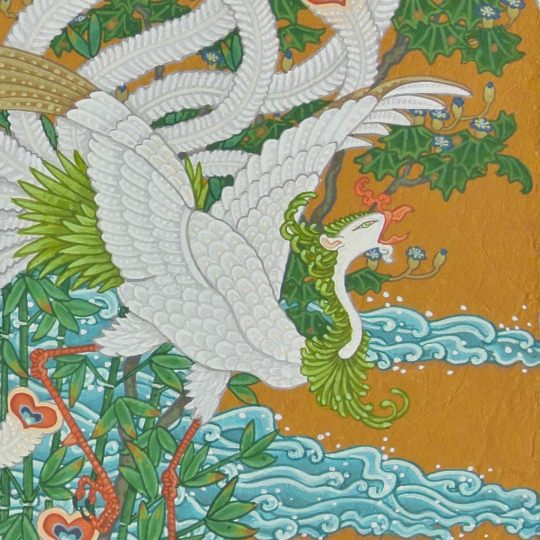
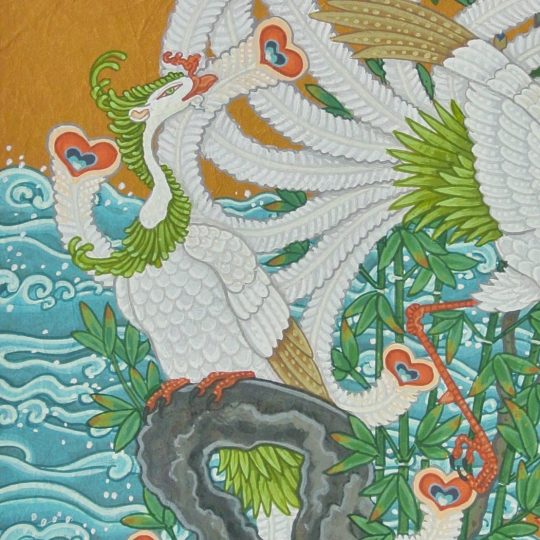
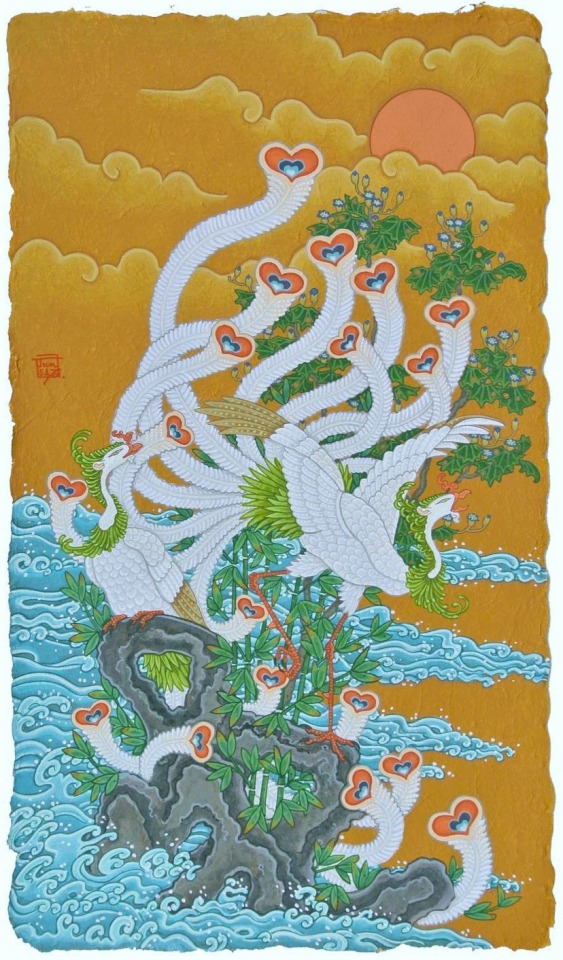
Jun Sato
12 notes
·
View notes
Photo
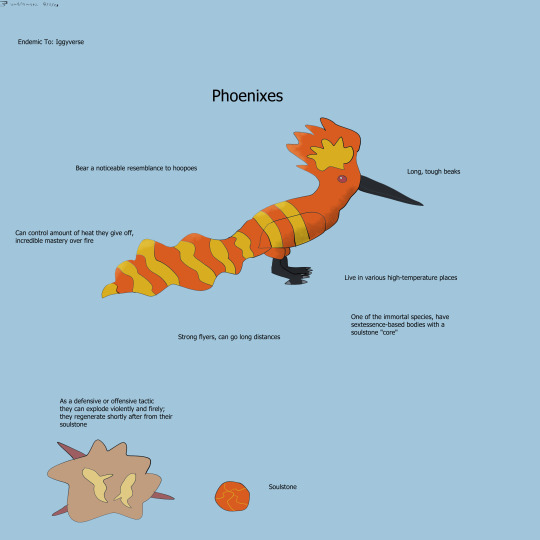
Here is the next instalment in the Species Sheet Project, the phoenixes! I ended up modelling this version of the classical mythical creature after hoopoes. Be careful though - thy are highly explosive.
7 notes
·
View notes